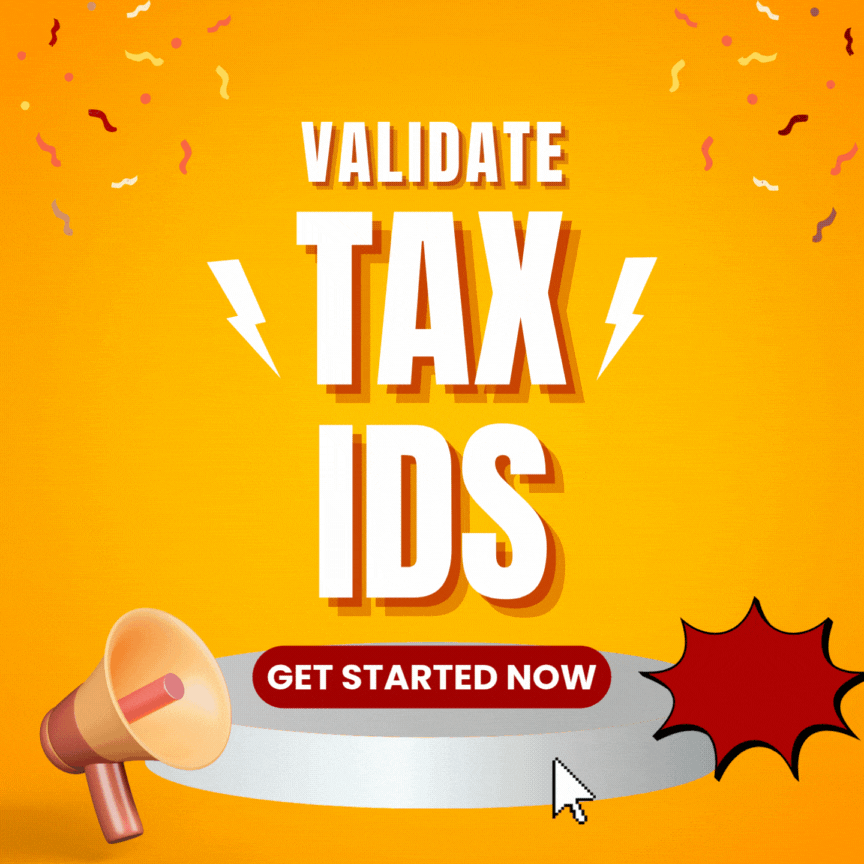SOC 2 - Everything to know
SOC 2 is an auditing standard developed by the American Institute of Certified Public Accountants (AICPA) that evaluates the security, availability, processing integrity, confidentiality, and privacy of a service organization’s information systems. Obtaining a SOC 2 report has become a common requirement for technology companies that handle sensitive customer data to demonstrate trust and transparency.
Purpose of SOC 2 Reports
SOC 2 reports are intended to meet the assurance needs of entities using outsourced services. The reports assess a service organization’s internal controls relevant to security, availability, processing integrity, confidentiality, or privacy. There are five SOC trust principles covered in varying degrees depending on the type of report.
The goal of SOC 2 is to provide stakeholders confidence that customer data is being properly handled and protected. These audits evaluate operational effectiveness of controls over an extended period, typically 6 or 12 months. The resulting SOC 2 report enables prospective customers to assess risks and vendors’ commitments to compliance prior to selecting their service.
Types of SOC 2 Reports
There are two main types of SOC 2 compliance reports – SOC 2 Type 1 and SOC 2 Type 2. They have the following key differences:
SOC 2 Type 1 Report
- Point-in-time report evaluating controls at a specific date
- Results in an opinion regarding whether controls are suitably designed to meet trust principles
- No assurance that controls operated effectively over time
SOC 2 Type 2 Report
- Covers a minimum six-month period of control operation
- Evaluates whether controls were operating effectively throughout the specified time frame
- Provides stronger assurance of vendor’s operational compliance
Most businesses looking to demonstrate compliance will pursue the more robust SOC 2 Type 2 certification. However, Type 1 can also be useful for an initial baseline understanding of control design.
SOC 2 Trust Principles
All SOC 2 reports assess vendors according to one or more of these five trust principles:
-
Security - Confidentiality and privacy controls to protect data from unauthorized access
-
Availability - System redundancy, uptime and ability to recover from disruption
-
Processing Integrity - Accuracy, completeness and timeliness of system processing
-
Confidentiality - Information assets and data are protected from unauthorized access and disclosure
-
Privacy - Personal information collected, used, retained, and disclosed is in accordance with stated practices and agreements
The specific principles covered will depend on the type of services provided and scope defined by the organization. Most reports focus on security, availability, and confidentiality.
SOC 2 Audit Process
Obtaining SOC 2 compliance is a lengthy and rigorous process typically involving the following steps:
-
Select independent audit firm to perform assessment
-
Define scope and trust principles to be evaluated
-
Audit firm reviews existing controls and Previous audits
-
Identify gaps needing remediation to meet SOC 2 criteria
-
Implement enhanced controls and documentation
-
Formally initiate audit engagement with period defined
-
Auditors perform tests of controls over extended time frame
-
Issue draft report for review and dispute resolution
-
Finalize and distribute official audit report
-
Distribute report to customers under NDA and/or certify compliance
The process involves extensive planning, documentation, testing, analysis, review, and revisions until auditors can formally attest to the operating effectiveness of the controls in place.
Information Included in SOC 2 Reports
While specifics can vary, SOC 2 reports generally contain the following sections:
- Management assertion regarding compliance with trust principles
- Auditor opinion about operating effectiveness of controls
- Detailed description of service organization and system boundaries
- List of principle service commitments and system requirements
- Summary of principal objectives and controls in place
- Testing methodology, procedures performed, results
- Dates of audit period and final report issuance
- Recommendations for improvement (for Type 1 reports)
The reports focus on the controls implemented by the service organization and do not directly reveal underlying customer data. Confidential information is excluded. The goal is validating compliance, not providing proprietary details.
Benefits of SOC 2 Compliance
Though complex to attain, SOC 2 certification provides organizations several advantages including:
- Verifying data security – Key factor for assessing vendor risk
- Inspiring customer trust and confidence
- Marketing differentiator over competitors
- Ensuring continuous monitoring and improvement
- Strengthening assurance of regulatory compliance (HIPAA, GDPR, etc.)
- Reducing risk of data breaches and cyber incidents
- Avoiding costly contractual penalties or liability
- Protecting brand reputation and customer retention
For cloud services, infrastructure, and other external vendors, SOC 2 reports provide vital assurances that information security is taken seriously.
Maintaining SOC 2 Compliance
SOC 2 attestations must be renewed every 12 to 18 months to remain valid. Organizations should take the following steps to maintain compliance:
-
Continue following strict policies and procedures
-
Improve controls whenever gaps are identified
-
Update infrastructure, systems and software regularly
-
Provide ongoing staff training and SOC 2 education
-
Perform internal control testing and risk assessments
-
Monitor systems and act on any unauthorized access
-
Maintain consistent service quality and availability
-
Retain detailed documentation of policies and controls
-
Promptly address any issues that arise
-
Engage auditors to reassess controls periodically
Sustaining compliance requires regular internal scrutiny, reviews and readiness preparations for the next audit. Failing to uphold controls can lead to significant fines, lawsuits and reputation damage if a data breach were to occur.
